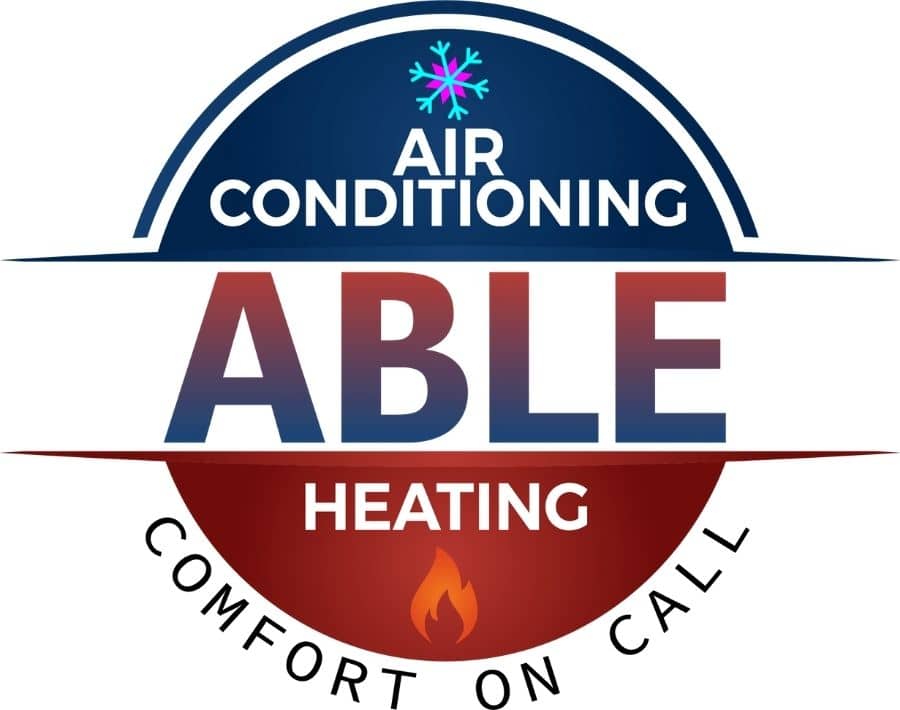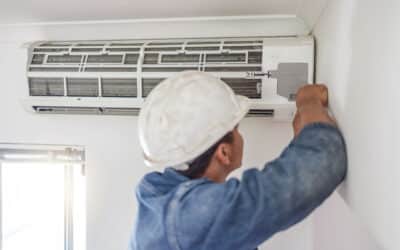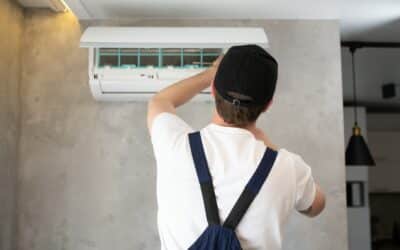The Evolution of Furnace Technology: A Look into Modern Heating Solutions

The furnace, a staple of home heating, the evolution of furnace technology has come a long way since its inception. While traditional furnaces have been providing comfort for centuries, advancements in technology have revolutionized the way we heat our homes today. From efficiency improvements to environmentally friendly options, modern furnaces offer homeowners a range of benefits.
Early Furnace Systems: A Brief History
The concept of home heating has ancient roots. Early civilizations used simple wood-burning stoves to provide warmth, and over time, these systems evolved into more sophisticated devices. The first centralized home heating systems appeared in the Roman Empire, using hypocausts (underground heating systems). However, it wasn’t until the 19th century that the modern furnace began to take shape with the invention of coal and gas-powered units.
Efficiency and the Environment: The Green Furnace Revolution
In the last few decades, the focus of furnace technology has shifted toward environmental sustainability. Energy efficiency standards have been dramatically improved, with modern furnaces boasting energy ratings upwards of 98%. These high-efficiency furnaces are designed to use less fuel and reduce waste, saving homeowners on utility bills while also lowering carbon footprints.
Some of the biggest technological advancements include:
- Condensing Furnaces: These units extract heat from the exhaust gases, increasing efficiency and reducing wasted energy. Traditional furnaces lose a significant portion of heat through exhaust, but condensing models utilize this energy to further warm your home.
- Variable-Speed Technology: Newer models feature variable-speed blowers, which can adjust the speed of airflow based on the current heating needs. This not only improves comfort but also reduces energy consumption by running at lower speeds when full capacity isn’t necessary.
Smart Home Integration: The Future of Furnace Control
As with many home systems, furnaces are now integrating with smart home technology. Smart thermostats allow homeowners to control their heating remotely, optimize energy usage, and even receive maintenance alerts. These systems learn your household’s behavior and adjust heating patterns automatically, ensuring the furnace operates efficiently while keeping your home comfortable.
Furnace Fuel Types: More Choices Than Ever
Modern furnaces are available in a variety of fuel options, each offering distinct advantages and disadvantages.
- Natural Gas: The most common type of furnace, natural gas furnaces are affordable and highly efficient. They offer rapid heating and are well-suited for colder climates.
- Electric: Electric furnaces are often more expensive to operate but are a good option for areas without access to natural gas. They have fewer moving parts, making them easier to maintain.
- Propane and Oil: Less common than gas or electric models, these furnaces are still used in rural areas where other fuel sources may not be available. While efficient, they tend to have higher fuel costs.
Modern Furnace Installation: Tailored to Your Home’s Needs
New furnaces are designed with flexibility in mind, offering various installation configurations to fit the needs of different homes. Whether you’re upgrading a small unit in a tight space or installing a large system for a sprawling home, modern furnaces can be adapted for seamless integration.
Additionally, advances in ductwork design have made it easier to distribute heat evenly throughout the home, ensuring every room reaches the desired temperature.
The Future of Furnace Technology
With increasing attention on energy conservation and smart technology, the future of furnaces is geared towards even greater efficiency, cleaner fuel sources, and enhanced automation. Researchers are exploring ways to further reduce emissions from gas furnaces while also experimenting with hybrid systems that combine heat pumps and furnaces for year-round energy efficiency.
While the basic function of furnaces—heating your home—has remained the same, the technology and options available have transformed dramatically. With better efficiency, greener technologies, and smarter controls, today’s furnaces are leaps and bounds ahead of their predecessors. Whether you’re in the market for a new furnace or just interested in how technology is evolving, the advancements in home heating are paving the way for a warmer, more sustainable future.



